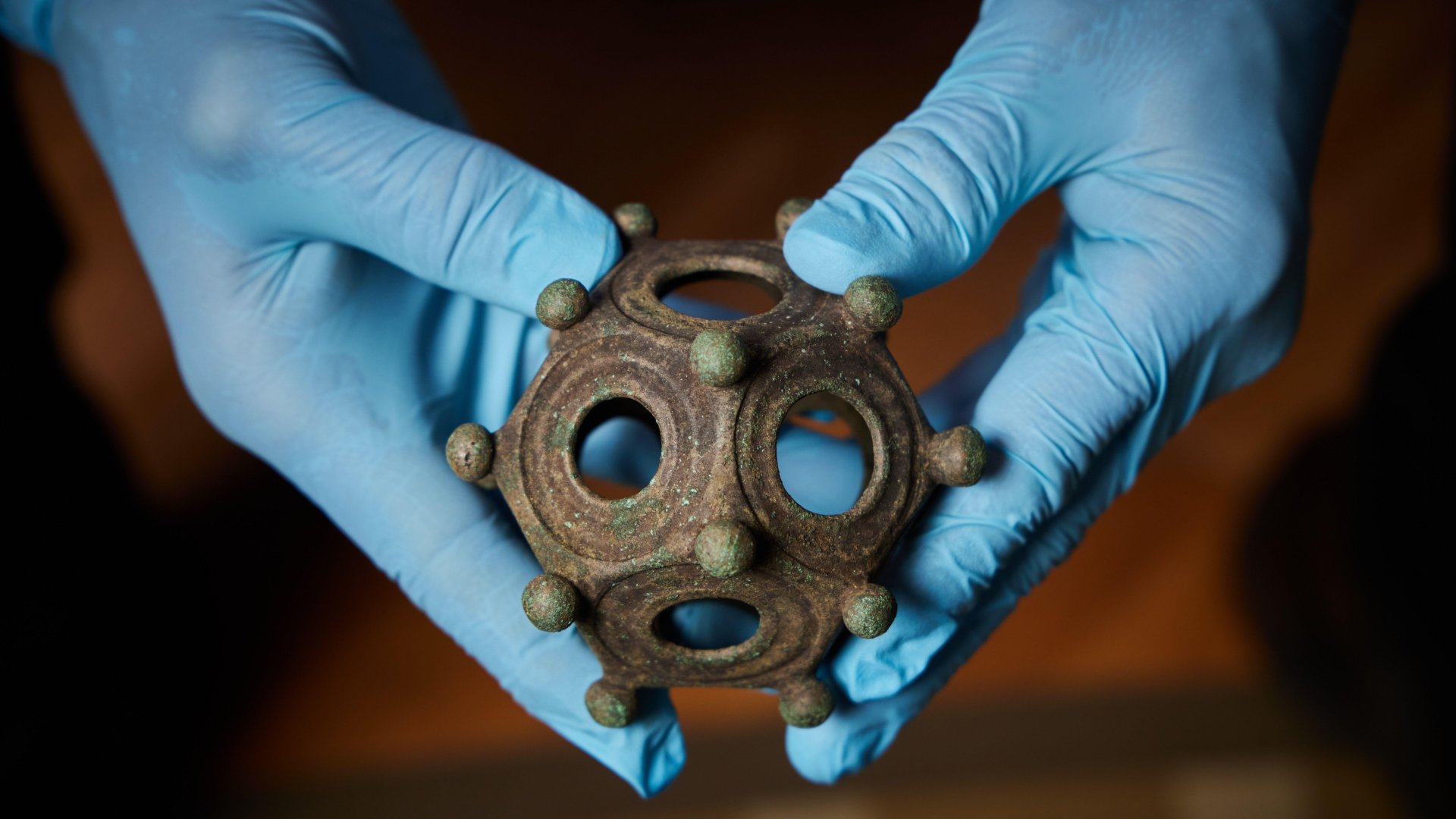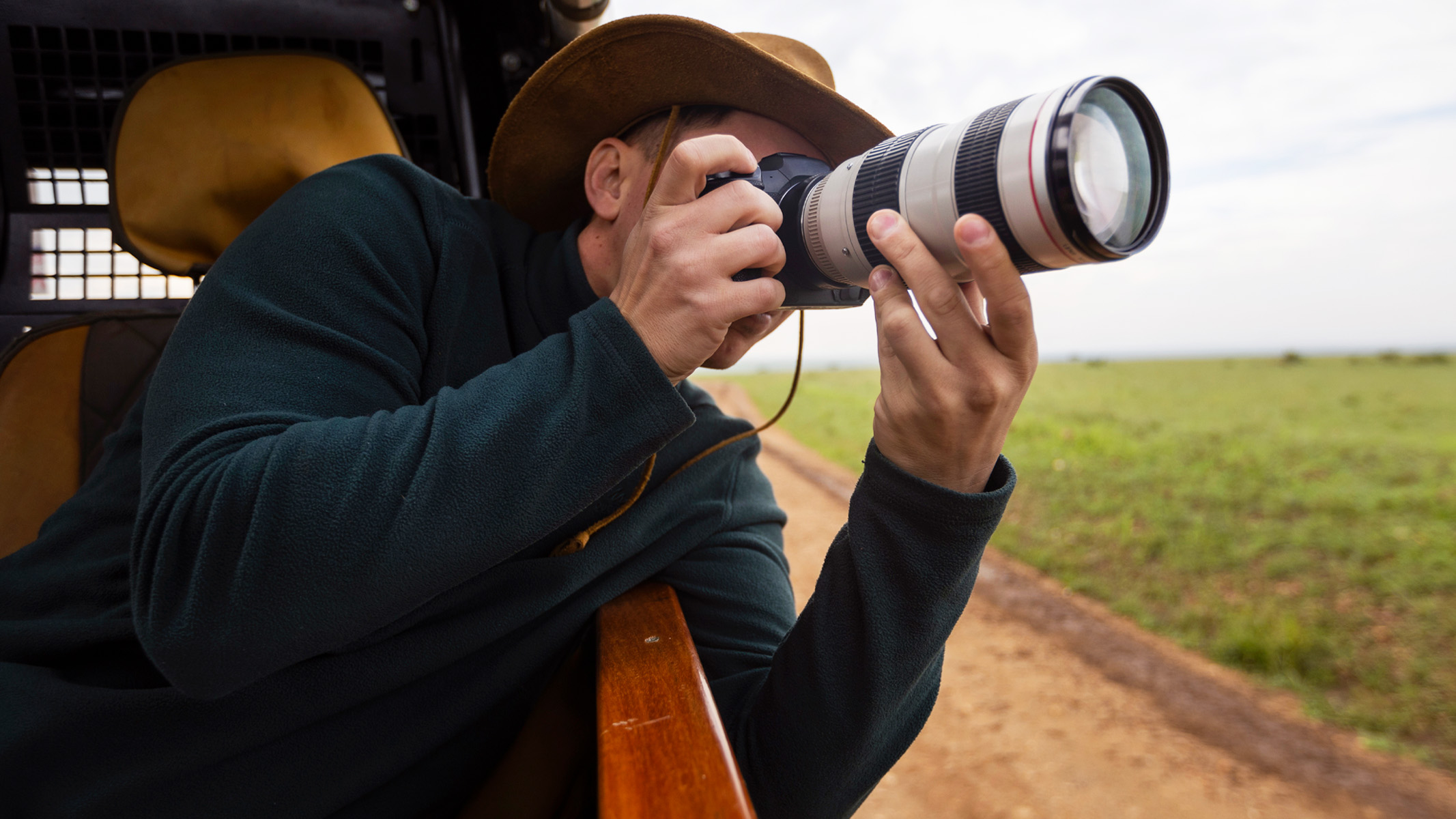Astonishing artifacts: A glimpse into how people lived in the past
Latest about astonishing artifacts

Pawnee Star Chart: A precontact elk-skin map used by Indigenous priests to tell an origin story
By Kristina Killgrove published
The unique map depicts patterns of stars in the night sky, but its meaning is debated.
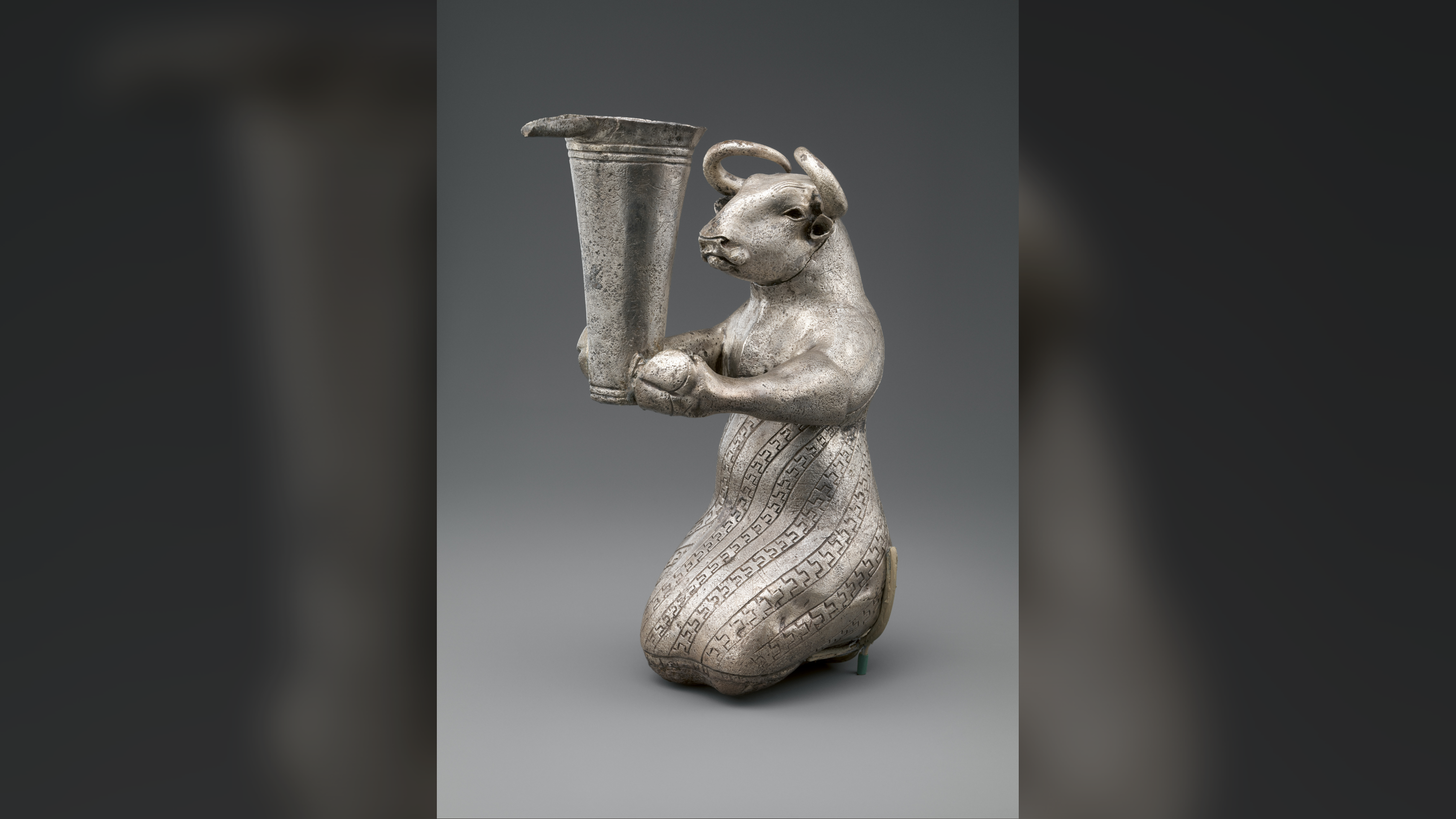
Kneeling Bull: A 5,000-year-old hybrid creature from Iran with a mysterious purpose
By Kristina Killgrove published
This silver bull figurine posing in a human-like manner may have been buried in a ritual to mark a temple boundary 5,000 years ago.

Haniwa Dancers: 1,500-year-old ghostly figurines thought to hold the souls of the dead
By Kristina Killgrove published
Two cylindrical clay sculptures may represent dancers who performed at a funeral 1,500 years ago.
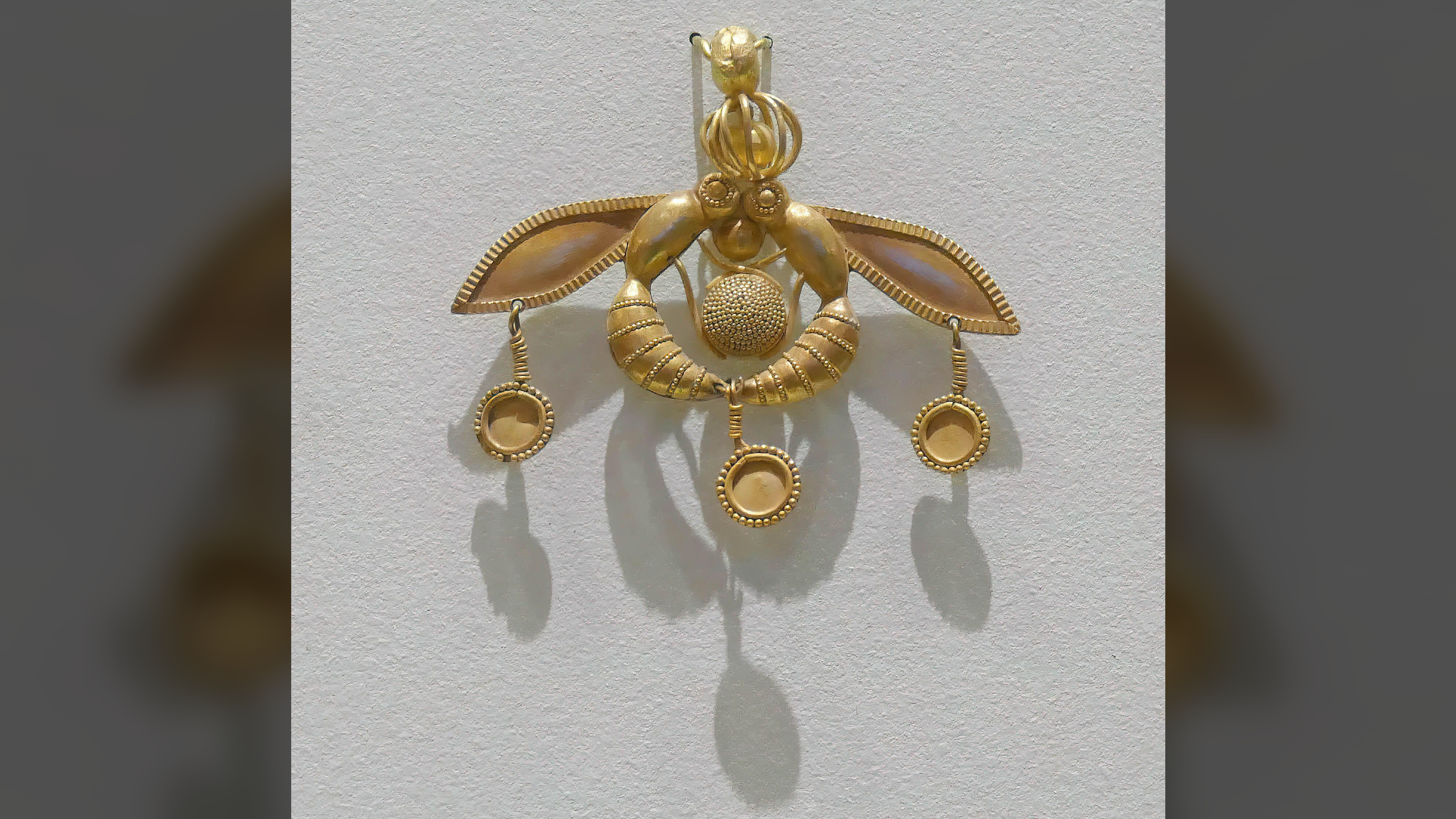
Malia Bee Pendant: A 3,800-year-old accessory found in a Minoan 'pit of gold'
By Kristina Killgrove published
This extremely detailed depiction of insects holds clues to the natural world of the ancient Minoans.
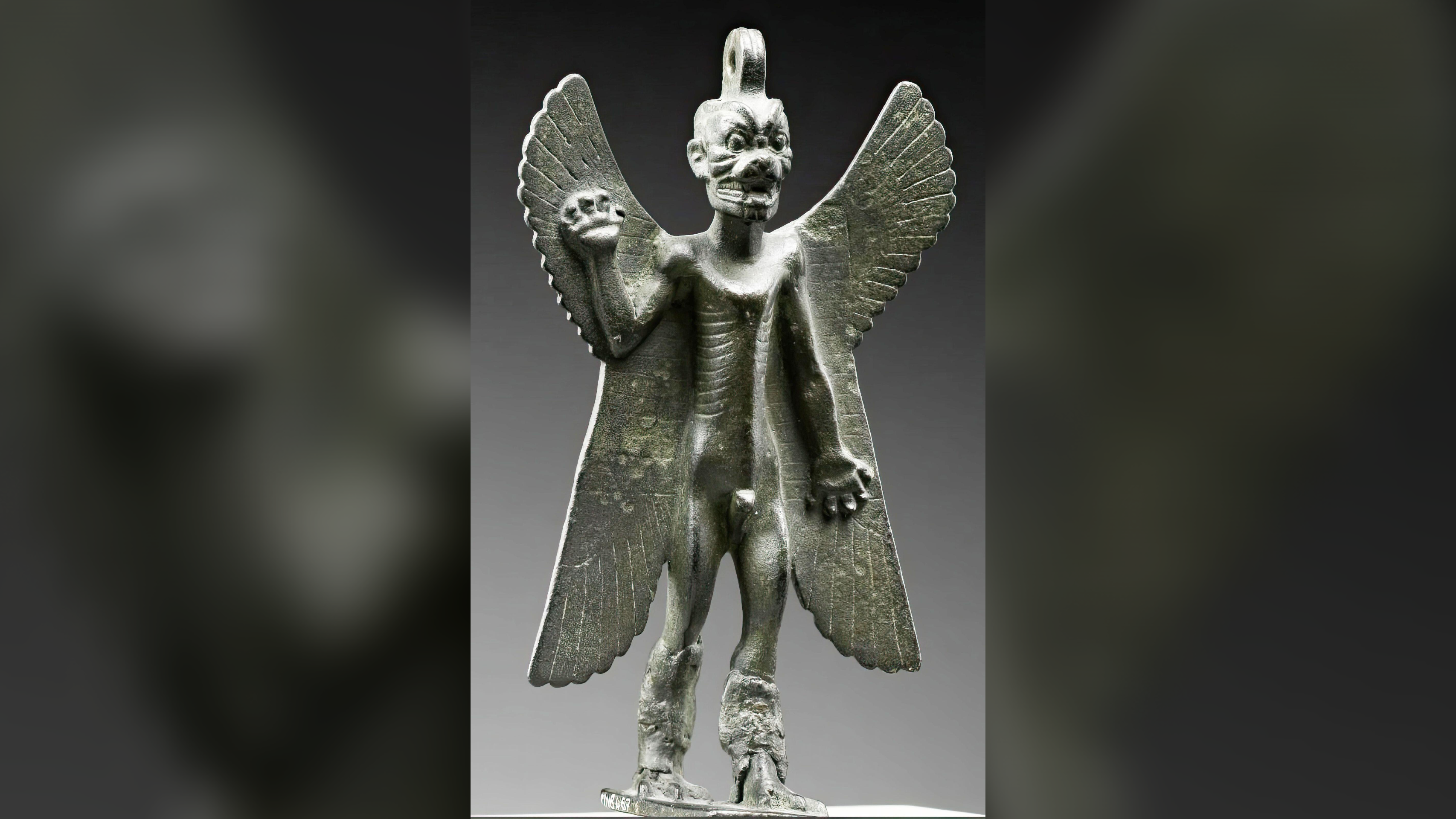
Pazuzu figurine: An ancient statue of the Mesopotamian 'demon' god who inspired 'The Exorcist'
By Kristina Killgrove published
Statues of the Mesopotamian demon Pazuzu are often found at archaeological sites, and his cultural relevance is seen in recent comparisons to creepy-looking Labubu dolls.
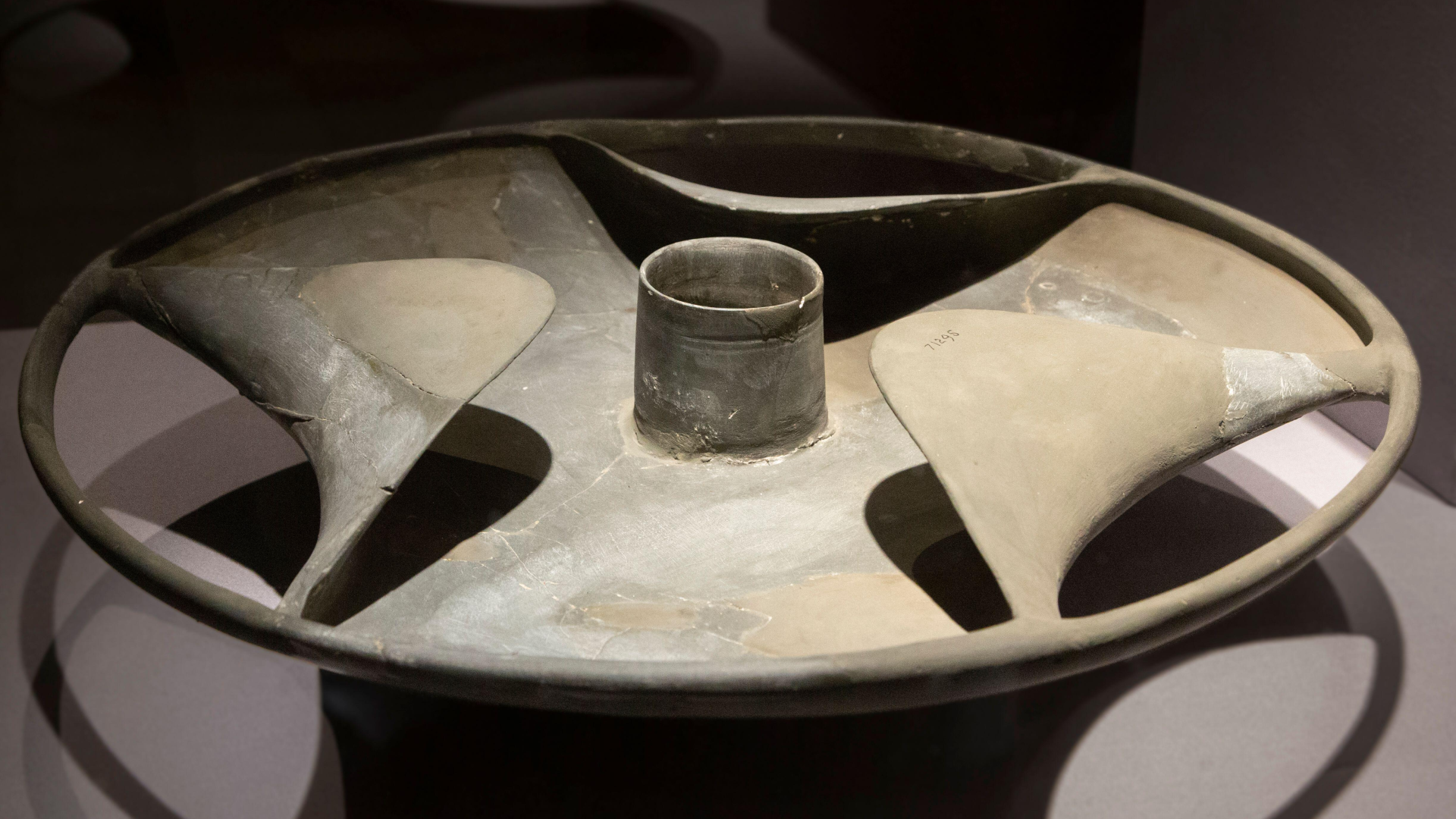
Sabu Disk: A mysterious 5,000-year-old Egyptian stone sculpture that looks like a hubcap
By Kristina Killgrove published
This unique disk-shaped bowl, found in a 5,000-year-old Egyptian tomb, has puzzled archaeologists for nearly a century.
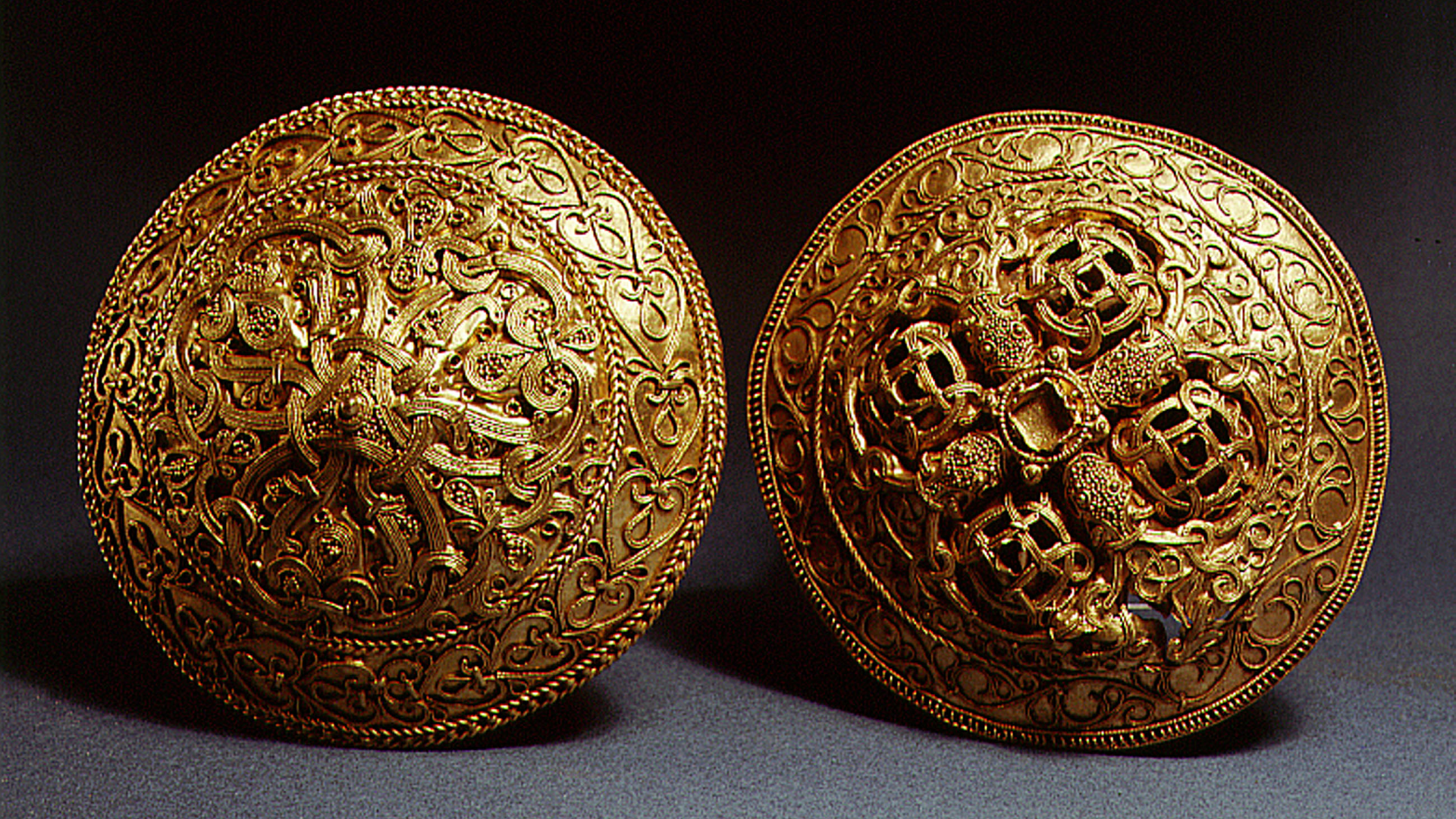
Hornelund Brooches: Viking age gold ornaments mysteriously buried in Denmark 1,000 years ago
By Kristina Killgrove published
Two brooches from Denmark are unique examples of Viking Age goldwork that includes Christian and Norse designs.
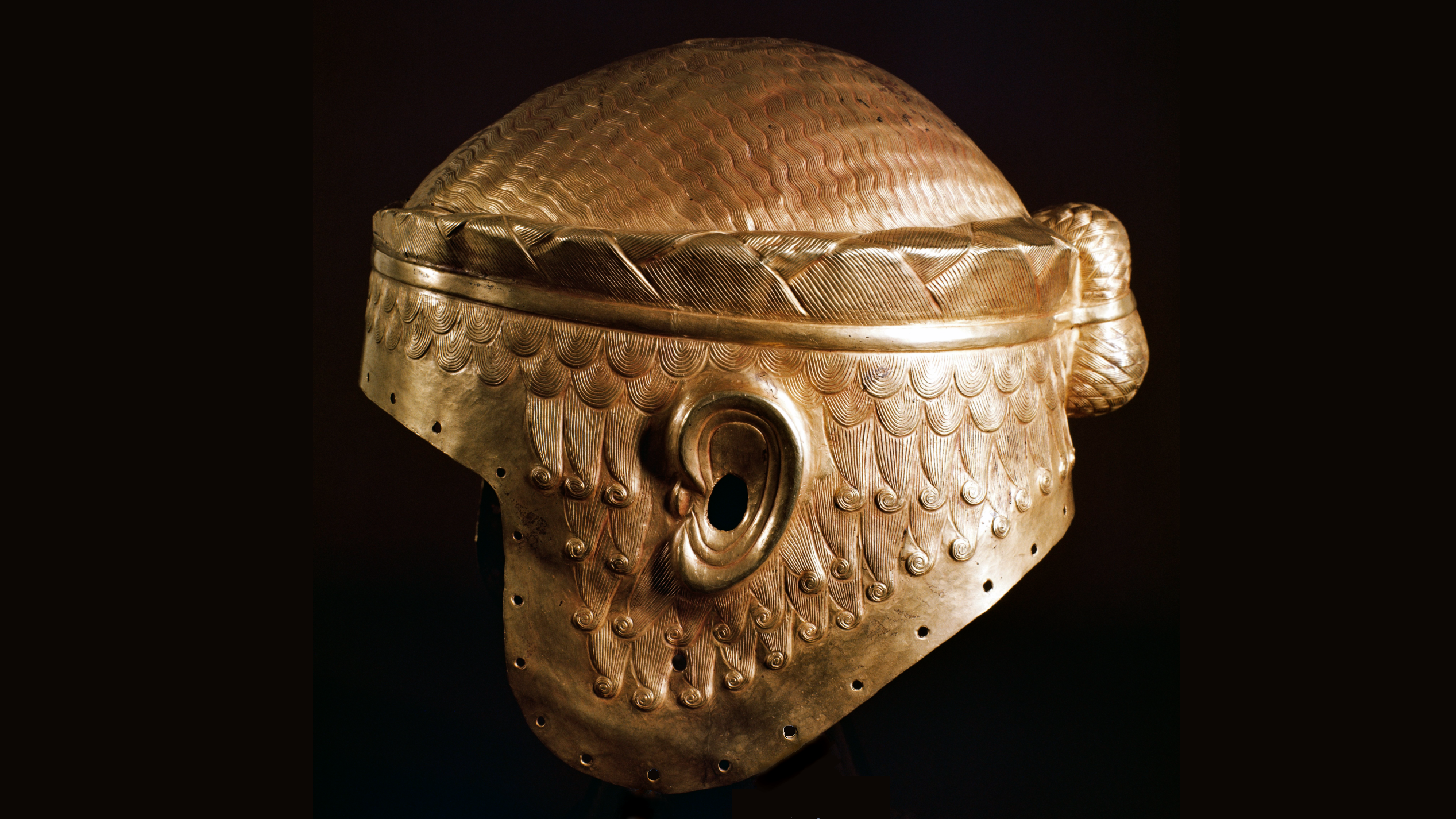
Meskalamdug's Helmet: One of the world's oldest helmets depicts a Mesopotamian prince's man bun
By Kristina Killgrove published
This 15-karat gold helmet was discovered in a royal tomb at Ur, but it may only have been worn for ceremonial purposes.
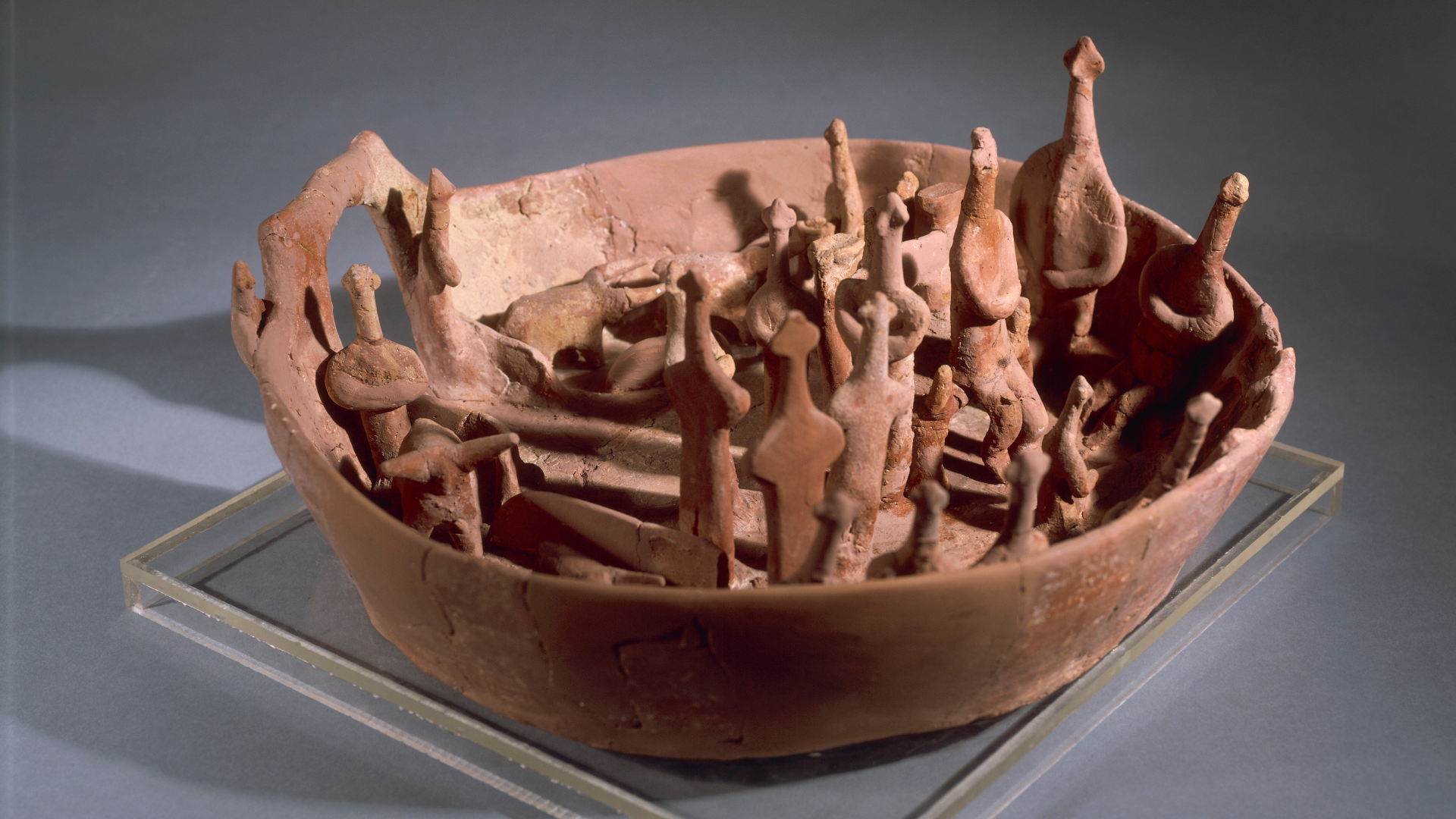
Vounous Bowl: A 4,000-year-old basin holding 4 miniature cows and 18 people — that was buried for mysterious reasons in a Bronze Age tomb in Cyprus
By Kristina Killgrove published
Experts have debated the meaning of this tomb offering for decades but generally agree it depicts some sort of ceremony or ritual.
Get the world’s most fascinating discoveries delivered straight to your inbox.
